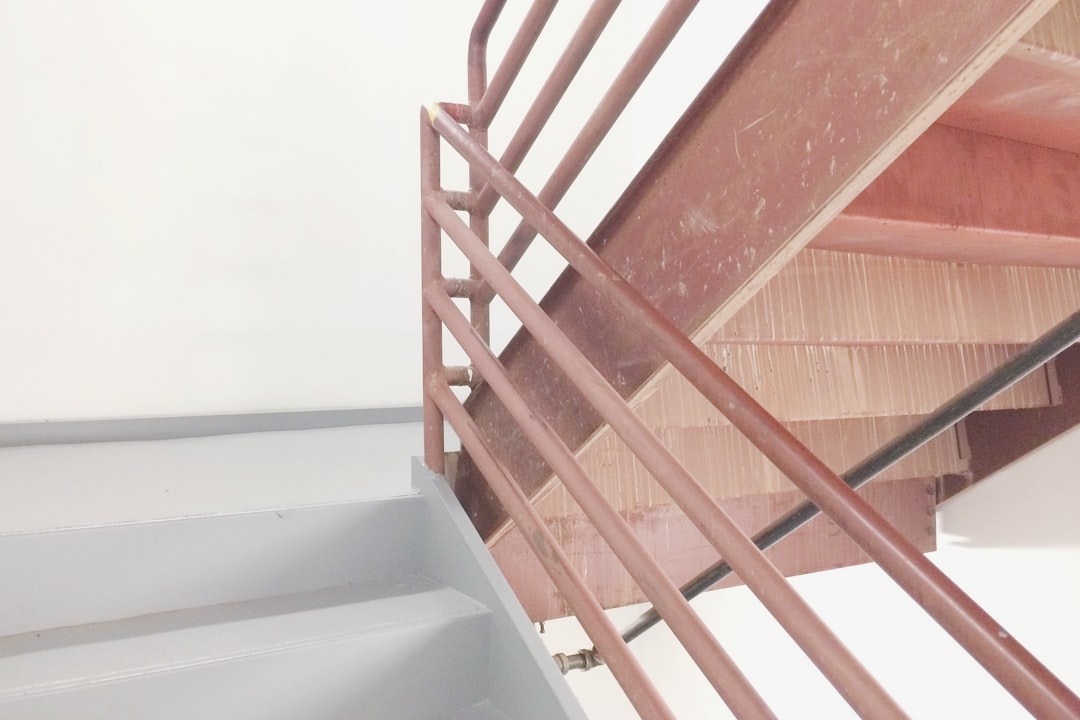
Installing hardwood flooring on stairs requires both skill and precision to prevent costly mistakes. As industry experts, we provide a comprehensive guide tailored to construction professionals, ensuring each step leads to a durable and aesthetically pleasing result. With our blend of traditional methods and AI-driven technology, installations become predictable and profitable.
Current Installation Costs: Professional installation ranges from $60 to $150 per step depending on material and complexity.
Each stair tread must withstand concentrated traffic and adhere to local codes. Missteps in installation can cause issues like squeaks or uneven nosing, which can impact safety and quality—elements our skilled teams diligently avoid.
Ensure you have all necessary tools before beginning your project, including:
Ensure each measurement is accurate, as inconsistencies can lead to material waste and alignment issues. Our AI tools assist in automating these tasks.
Carefully remove existing treads to avoid damage to the underlying structure.
Place treads to check overhangs and mark cuts for precision fitting.
Ensure return cuts are accurate to maintain visual consistency.
Secure risers before treads, anchoring them firmly without visible fasteners.
Apply adhesive and secure each tread firmly, ensuring a snug fit.
Check each step for stability; resolve squeaks with additional screws if needed.
For raw wood, ensure sanding, staining, and finishing is thorough to protect and enhance stairs.
Use a stair nose profile to seamlessly integrate with existing flooring.
Conduct a detailed inspection to ensure alignment and finish quality meets standards.
For complex stair designs or integrated features, professional installation ensures all aspects meet high standards.
Speak your project details into our app for a detail-oriented estimate. Explore more at CountBricks.

Faced with a historic stairwell challenge, our team used AI-driven tools to accurately map and renovate Brazilian cherry treads with precision.
Our solution involved detailed mapping and smart material ordering to address stairwell irregularities, ensuring top-notch results within budget and time constraints.
Our voice-first scoping and dynamic material pricing make planning straightforward and reliable for contractors and professionals alike.
Visit our services page to begin your next stair installation project with efficiency and precision.
Proper installation of hardwood stairs is crucial, and using professional tools and techniques ensures a seamless, durable finish.